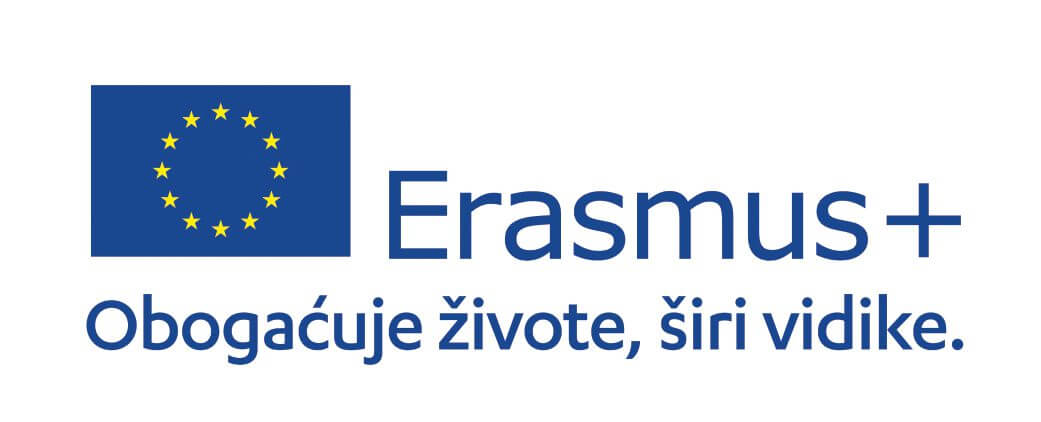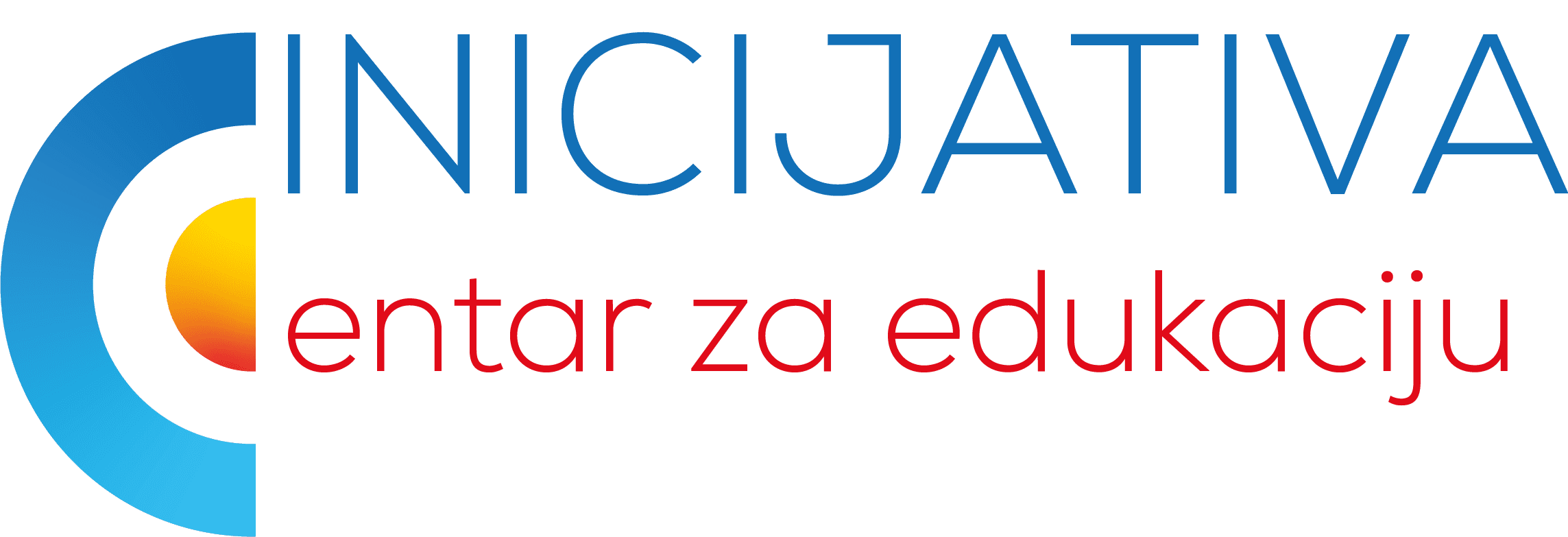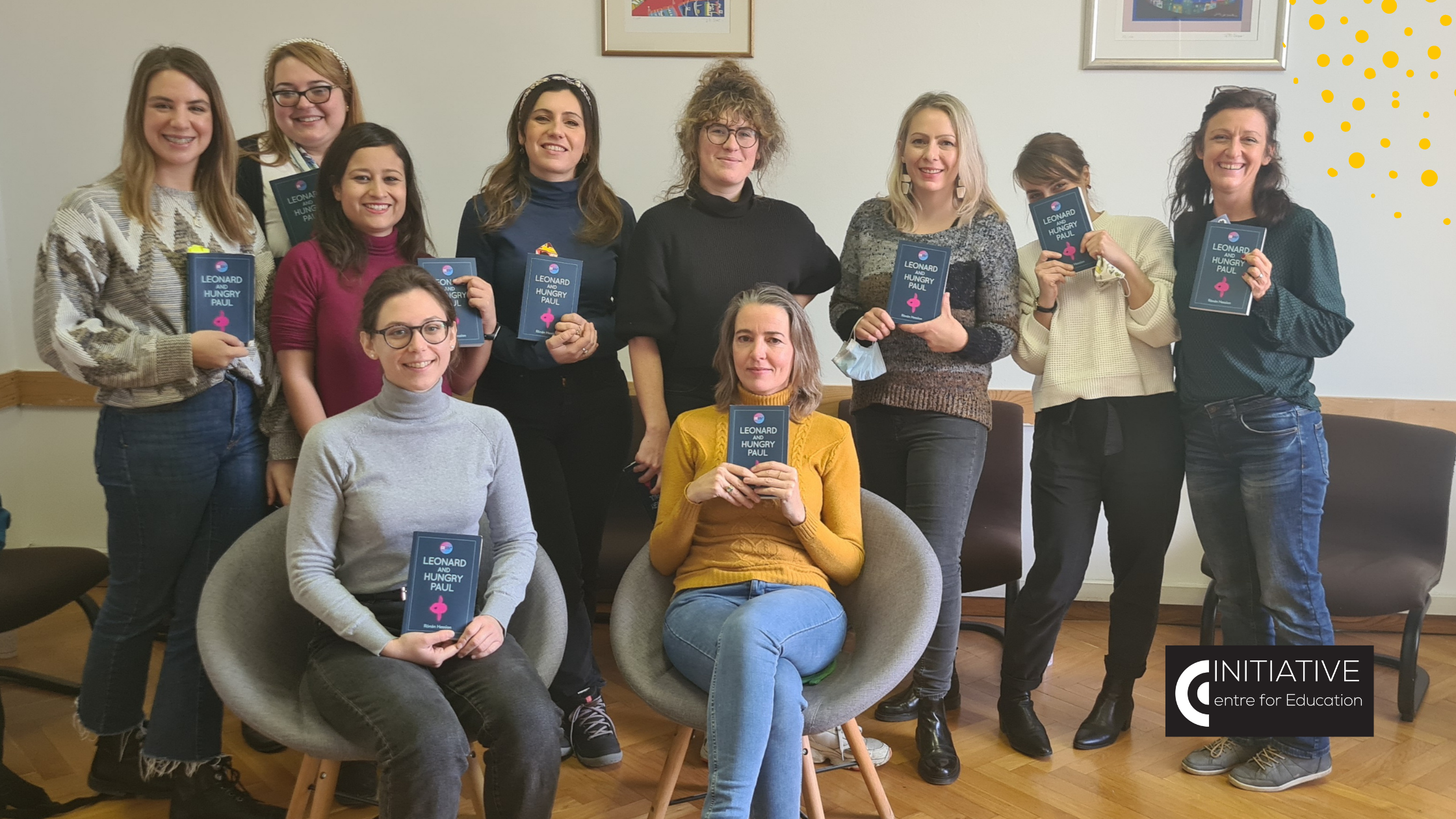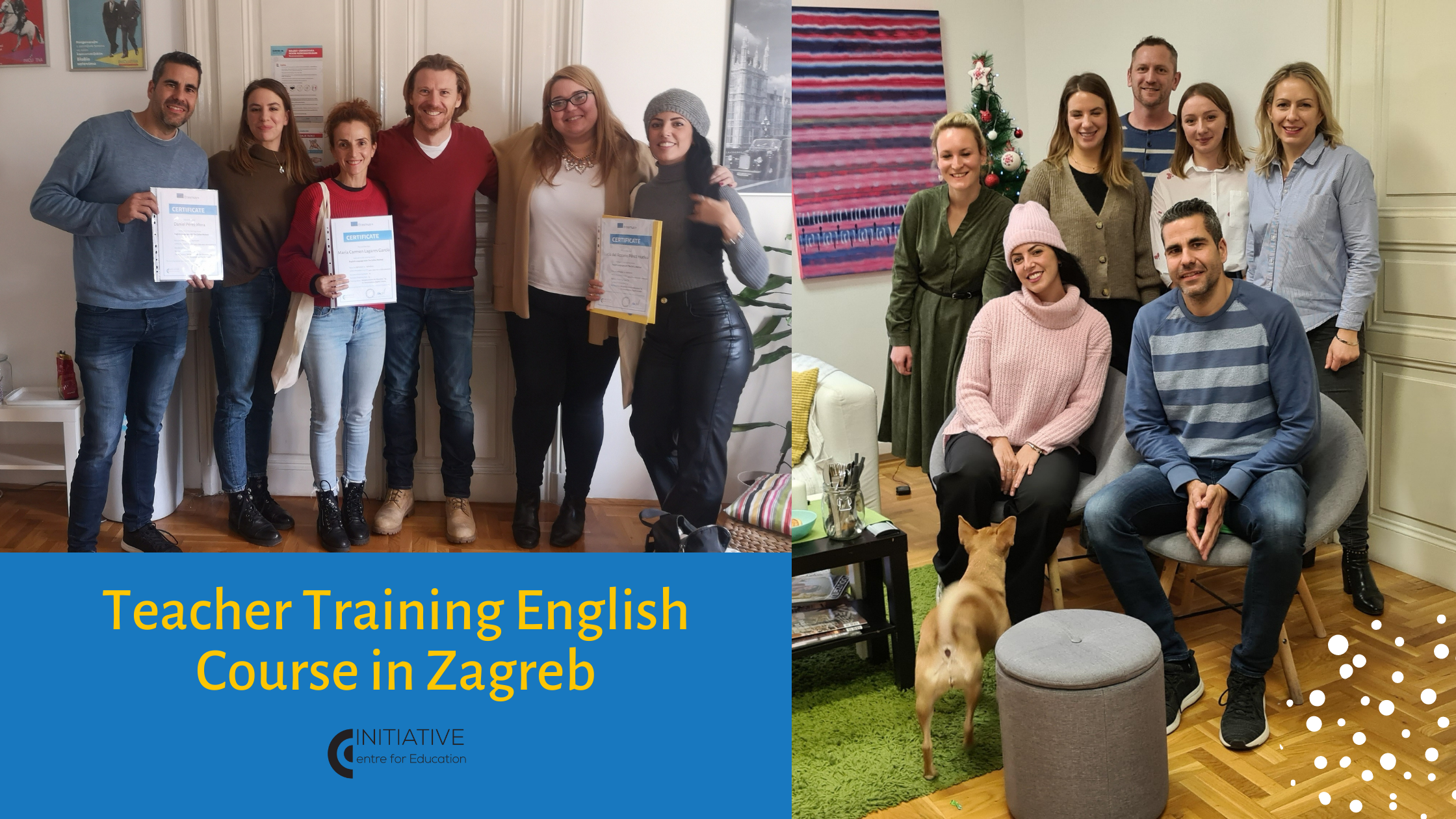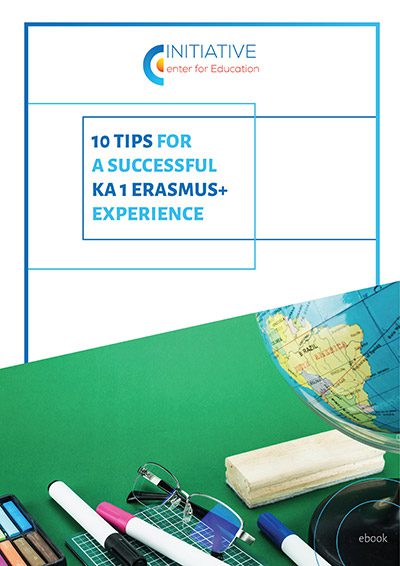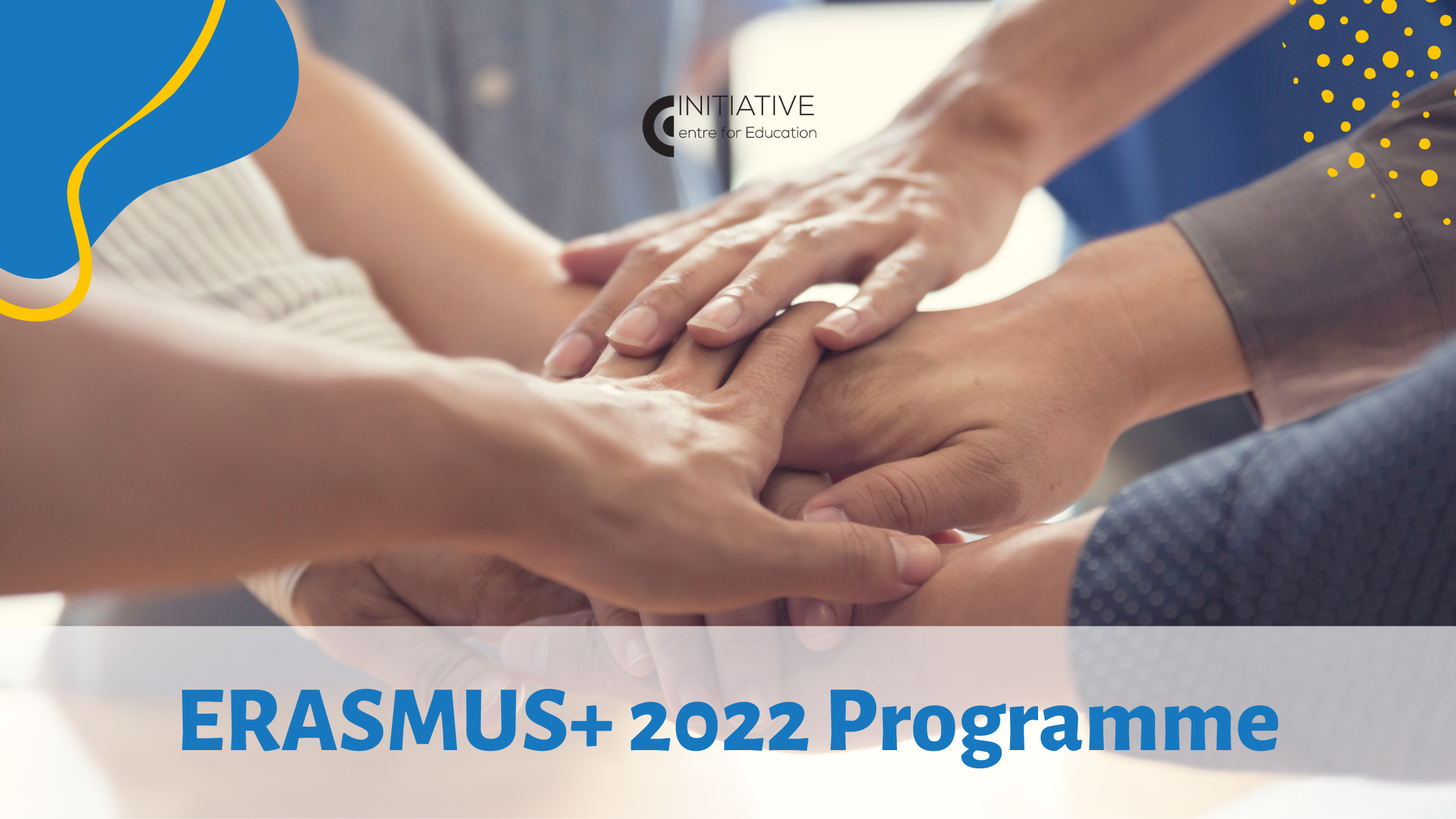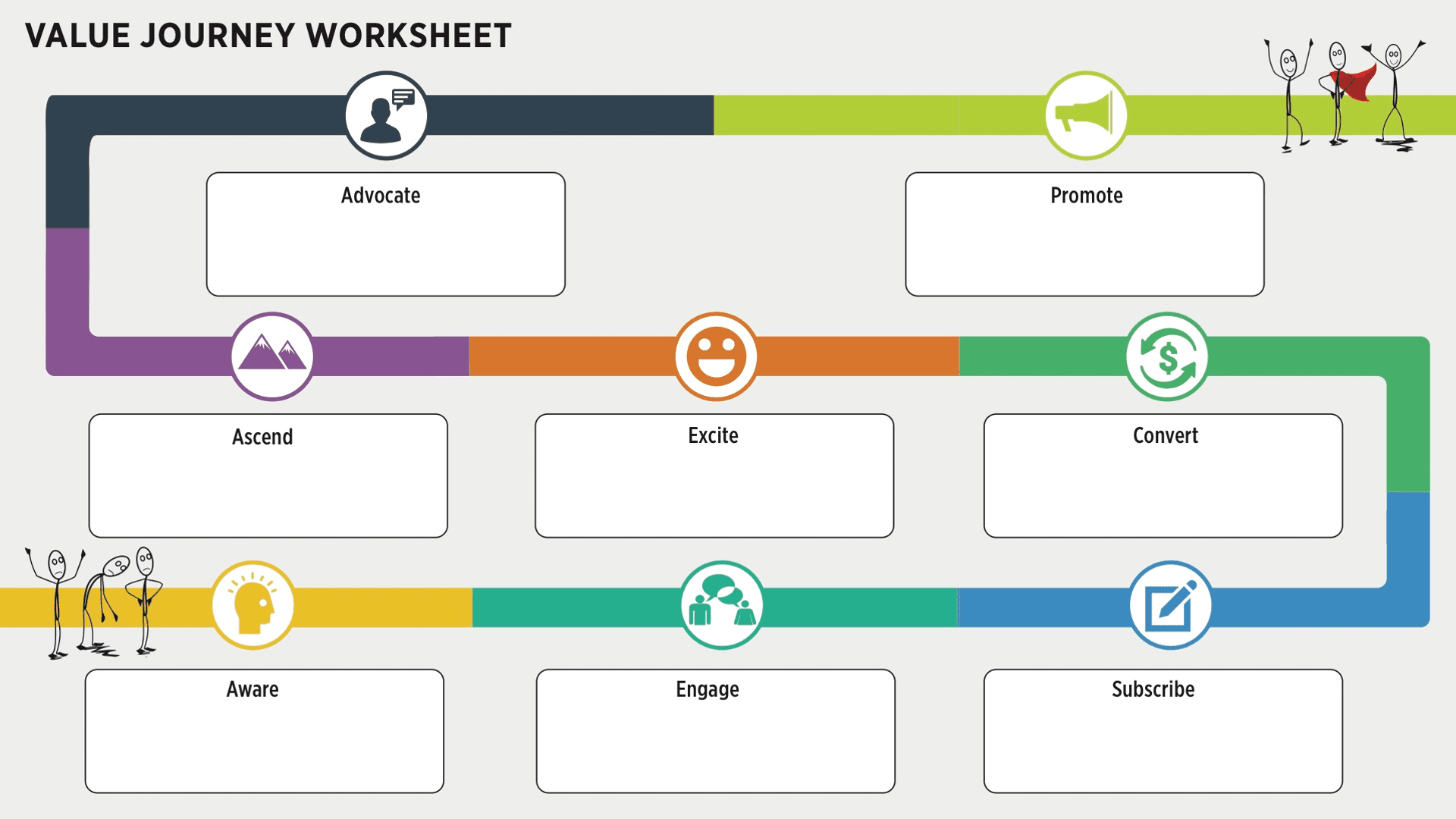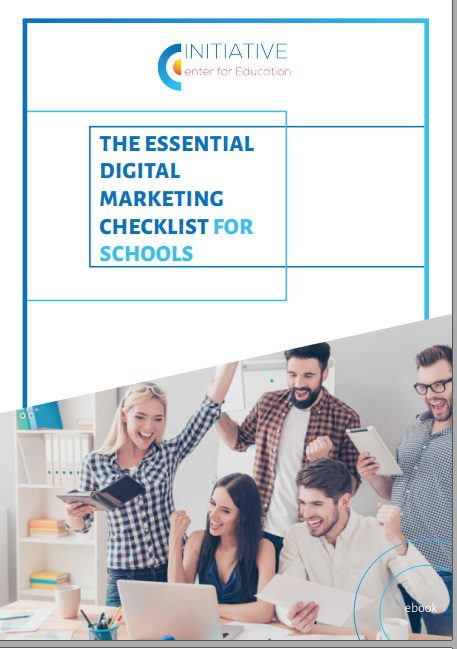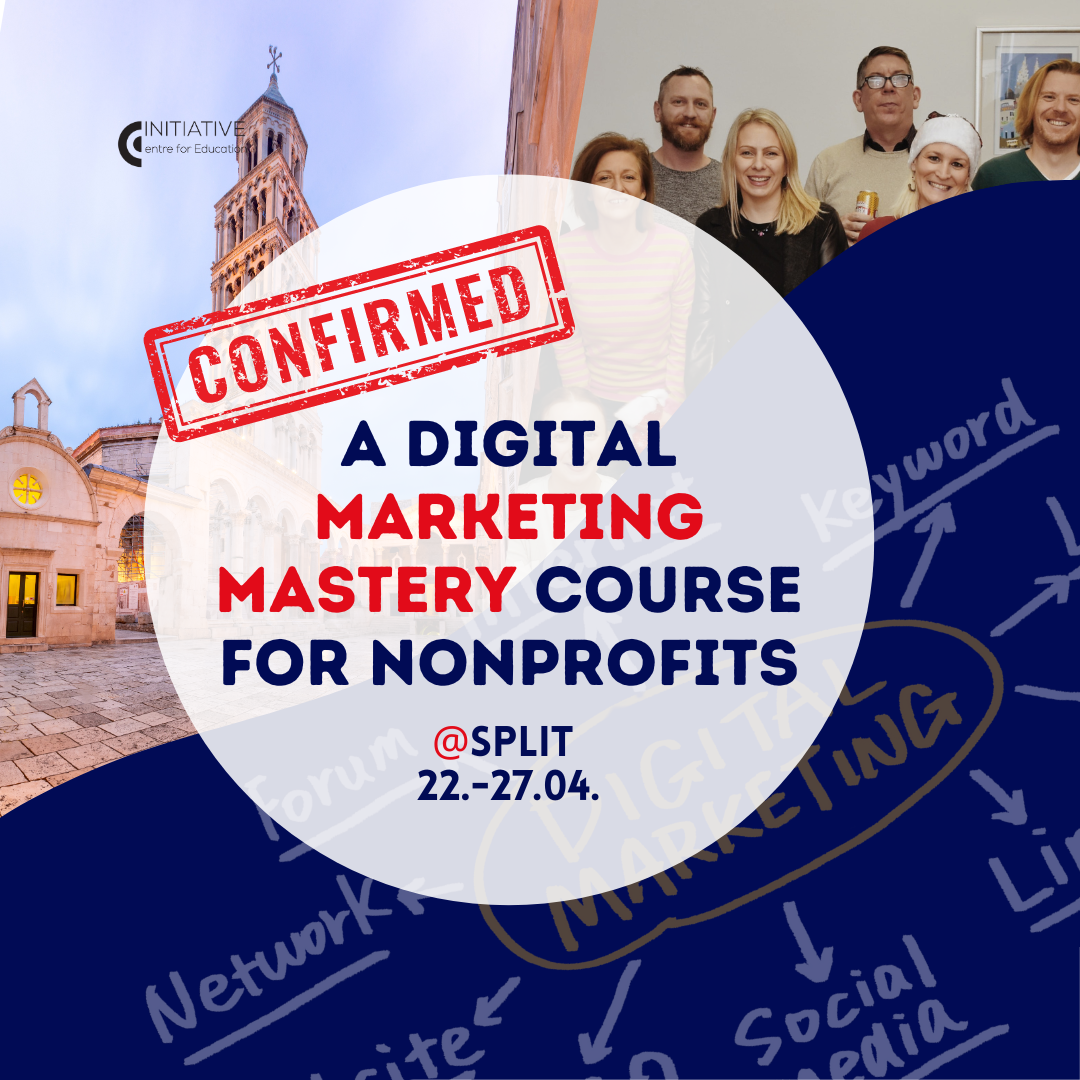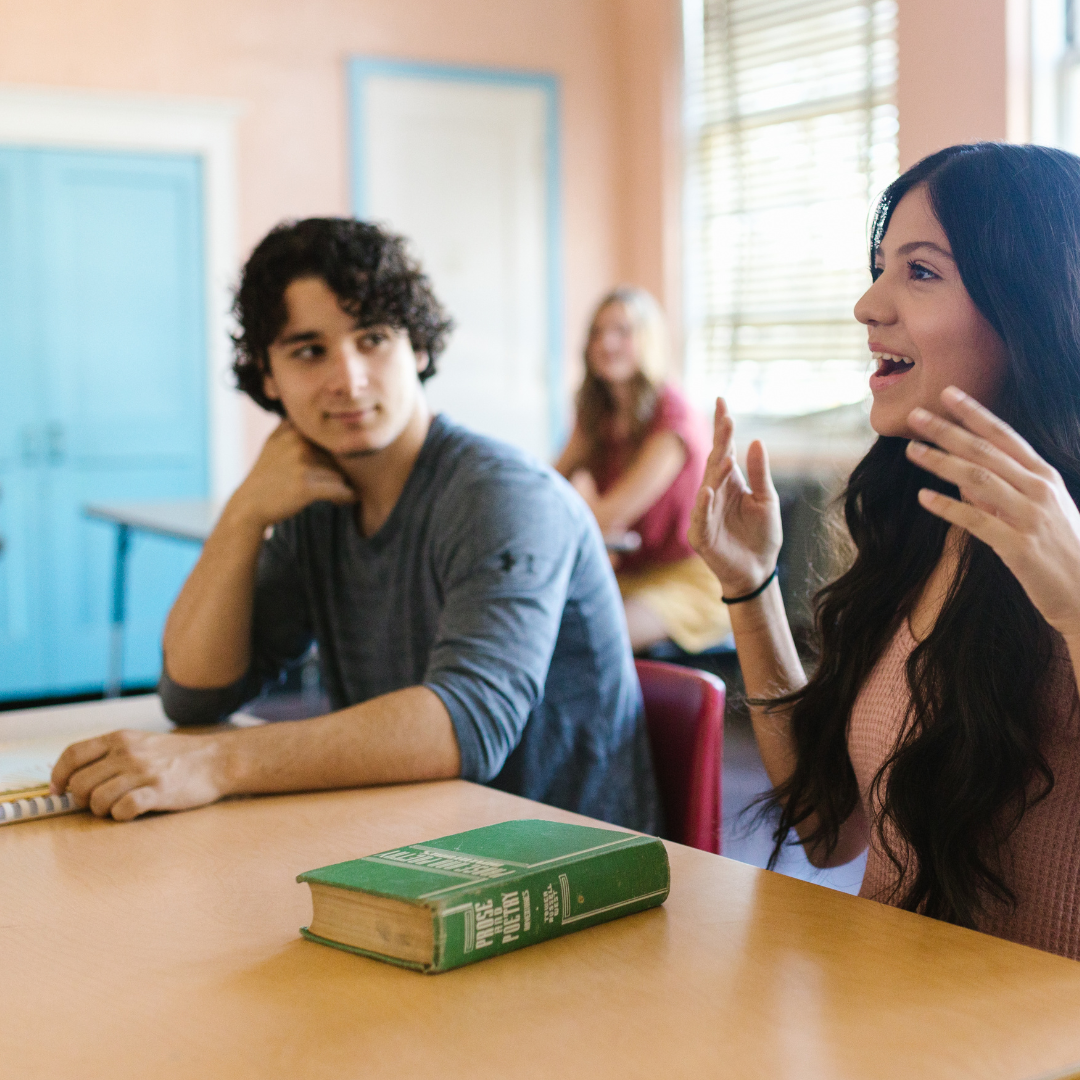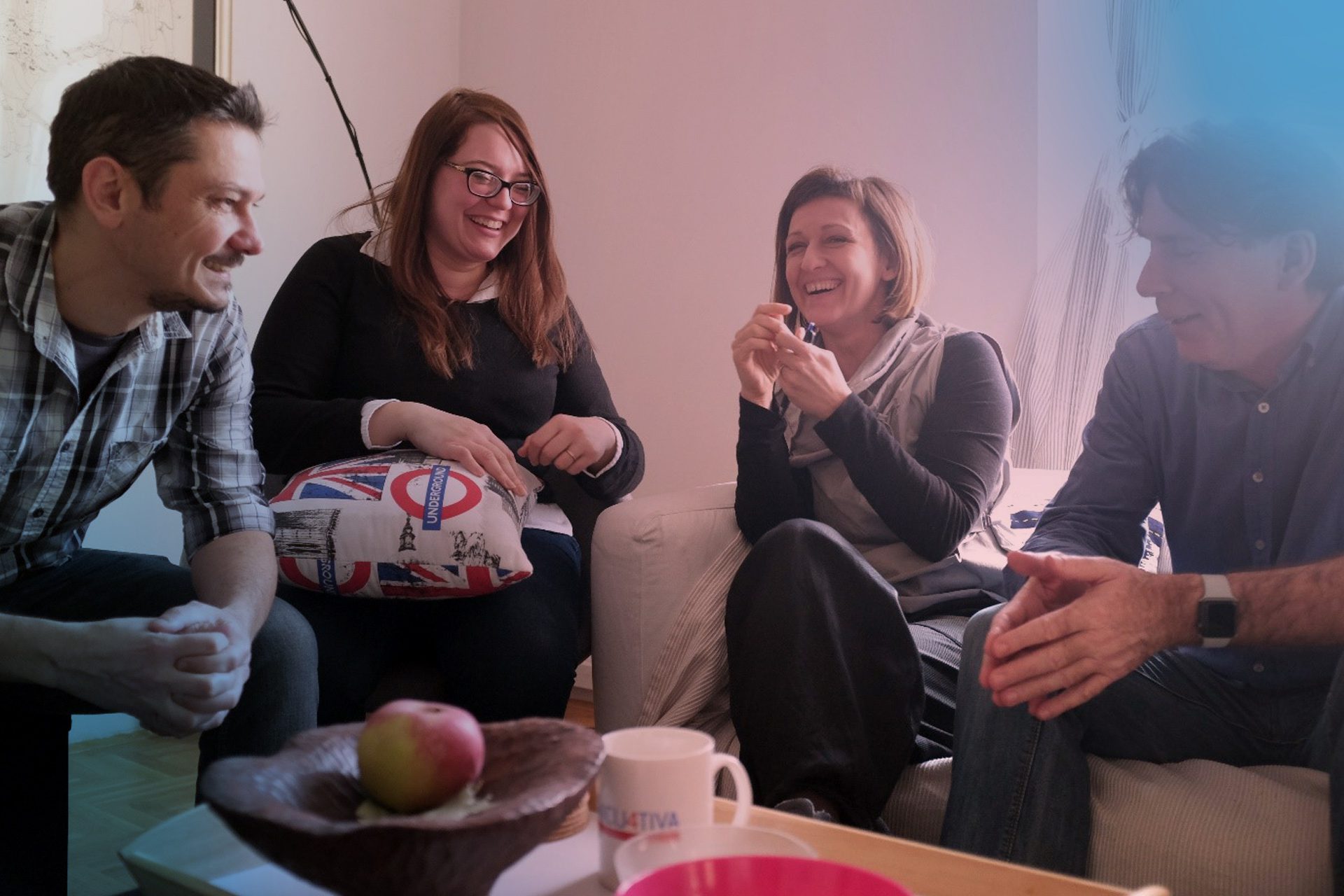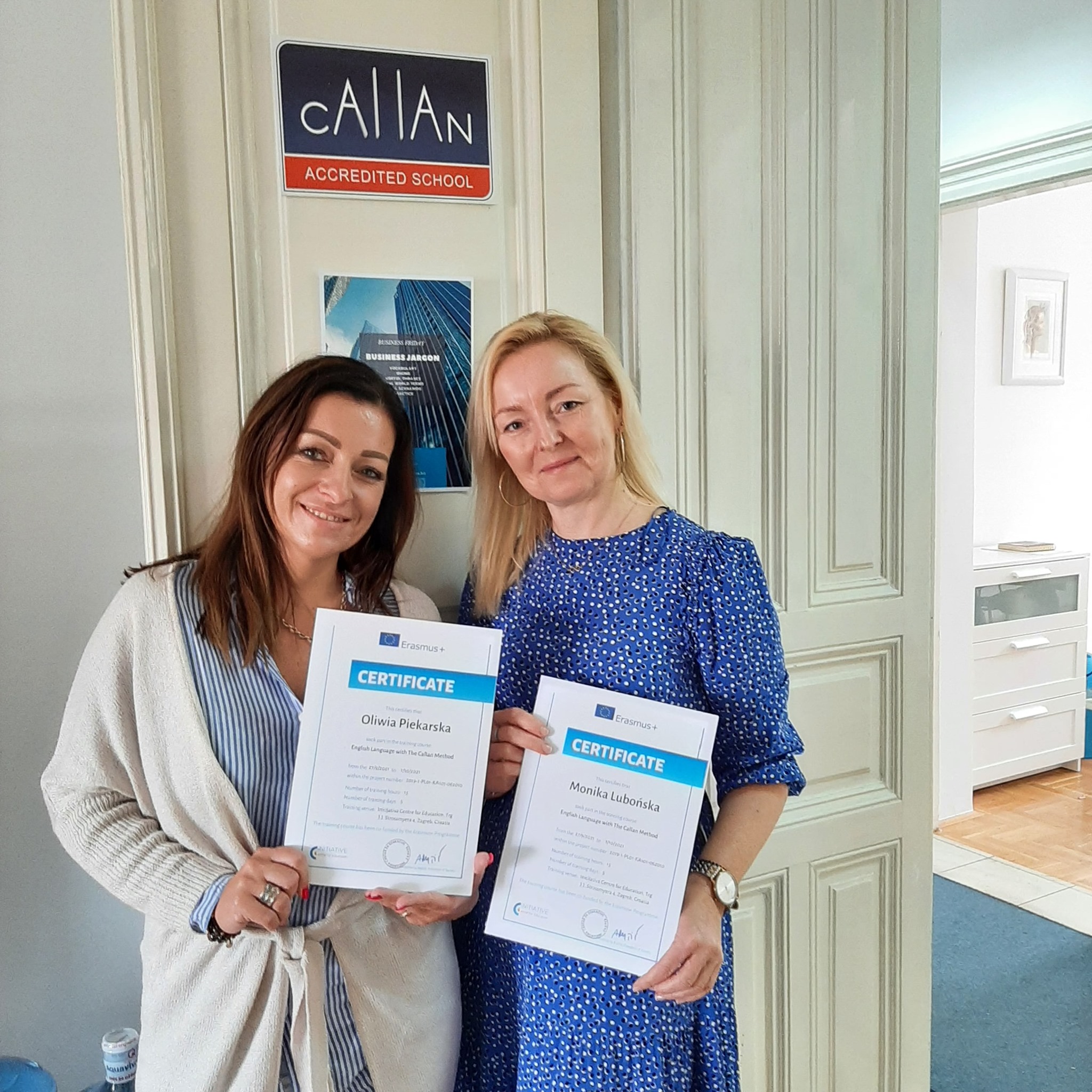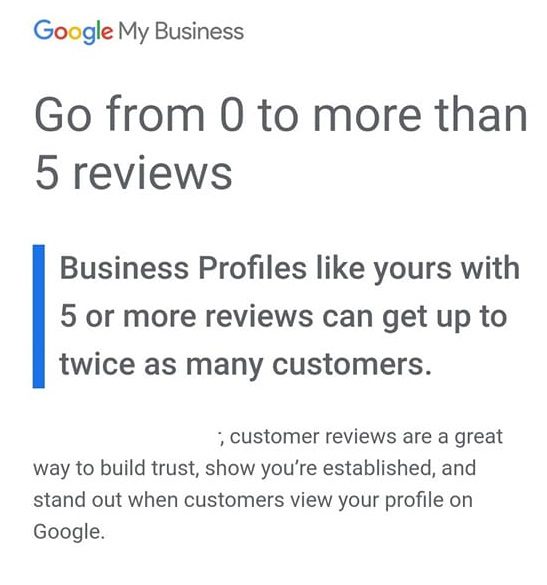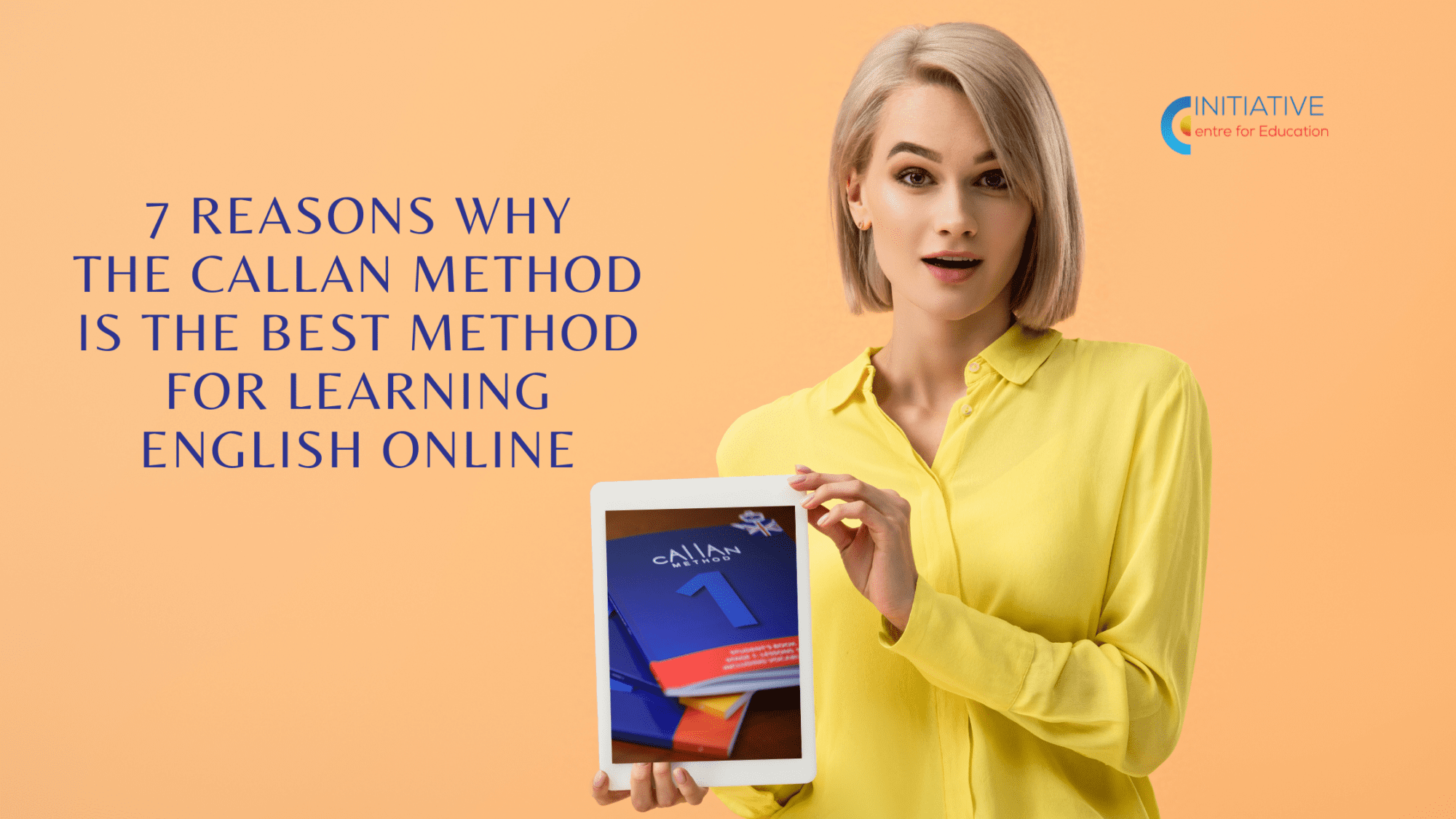Reflecting on last week.
Last week our organisation hosted its first ever LTT activity within the KA2 project.
The project Creativity for Innovation is a strategic partnership project that aims to share creative methods within three sectors: creativity, adult education and language schools.
The aim of last week was to show you the Callan Method and complementary activities that we use to boost students' confidence in learning the English language, as the main objective of the project is to implement creative and innovative methods in the work of the organisations involved.
There was a lot we had to cover. Monday’s session started with a meet&greet and icebreaker activities where we all got to know each other better.
We were hosting staff from Storytelling Centre Amsterdam and Europass Teacher Academy from Florence, Italy, for the whole week.
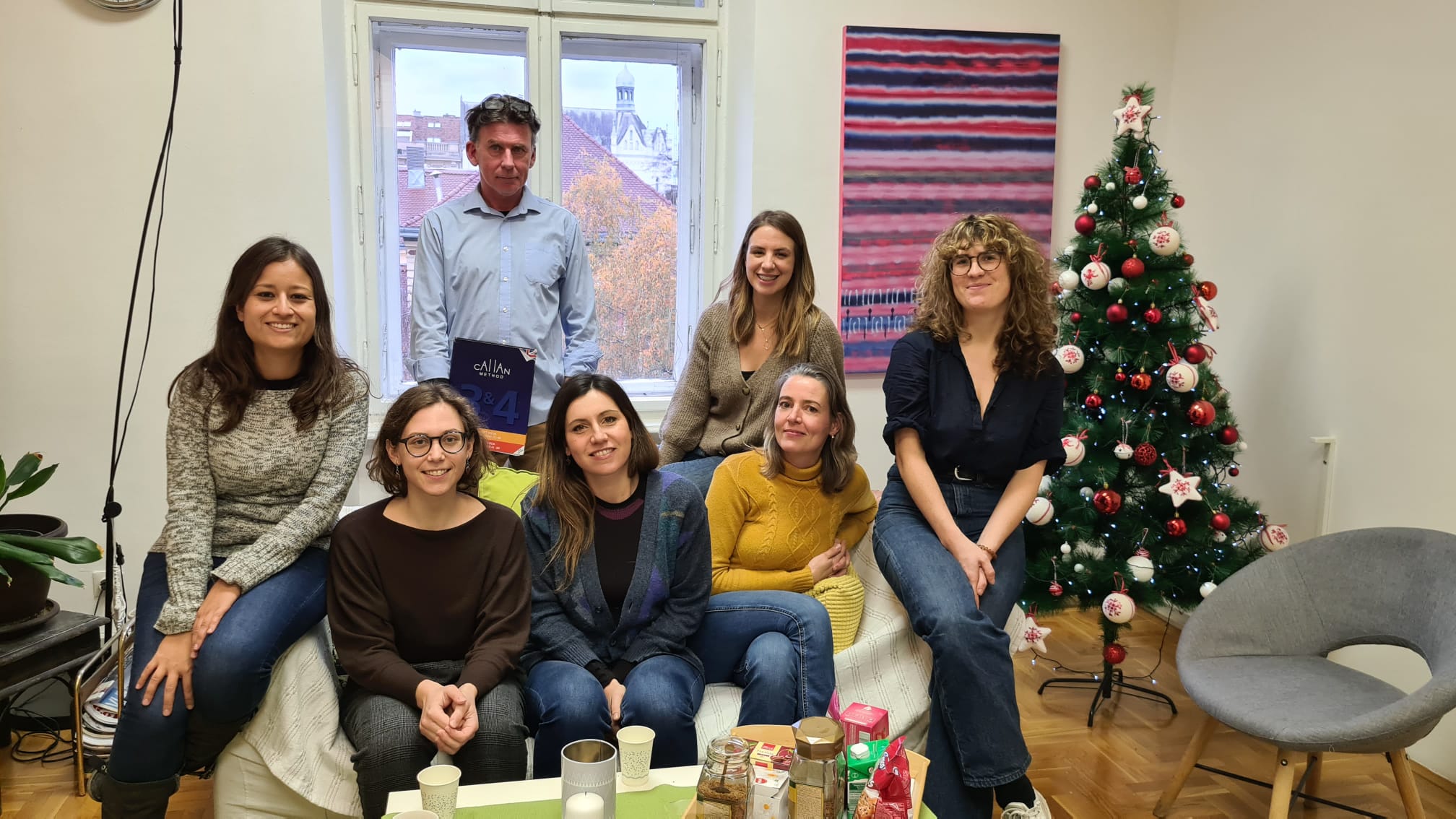
The session started with the main methodology, getting to know the Callan Method and its principals. Participants could learn how the Callan Method of learning was akin to learning a native language in children, and furthermore, why repetition and talking is so important.
The Callan Method is a method that can shock you at first. Feeding the answers to the students and not letting you think is something most of us are not ready for when we enter the classroom for the first time. But the initial surprise was overcome when everyone got a little more familiar with it and used to it throughout the week.
To ease the initial shock of the Callan Method, which can sometimes feel intense, especially in the beginning, a different type of city tour was planned for the afternoon – a witch tour.
Witches have a long and very well documented history in Zagreb, thanks to Marija Jurić Zagorka, a writer and female journalist from the 19th century. Her books portray women accused of witchcraft in a positive light. If you ever visit Zagreb, you will see that the legend of witches is incorporated in a lot of the capital's stories.
On Tuesday, the participants of the project took part in 2 workshops: a Grammar Refresher, an exercise that always helps our students get their English juices flowing, and a Small Talk workshop, something that is aimed at higher stages and people who want to improve their business skills.
The aim of these activities was to show a wide range of materials that we offer to our students outside of the Callan Method.
We also partook in a roundtable discussion and talked about the principals of the Callan Method and other activities that could be implemented in the work of our partners’ organisations. The picture was still not clear on what to take from the Callan Method and how to implement it, so our job was to show the participants more depth to the method and all the possibilities it offers.
Proposed elements of the Callan Method to be incorporated into participants’ teaching styles were
QUESTION-ANSWER EXCERSISE
REVISION IS KEY
MAKING MISTAKES IS ENCOURAGED
Wednesday was reserved for our Book Club meeting. Prior to the LTT activity, at the first transnational meeting, we had agreed to incorporate Book Club as a part of the creative method of learning a language.
This adds another complementary activity to Callan. Here, students don’t have to follow the structure of the book, but can freely express their own ideas, feelings and reflect on the book in a more casual conversation, much like one that might have when they meet a friend. Book Club, needless to say, also improves their reading skills and understanding of the culture.
The book we were talking about was Leonard and Hungry Paul by Ronan Hession and the session was moderated by our teacher Maria, and the topics we covered were family, isolation, friendship and mindfulness – all the main topics of the book.
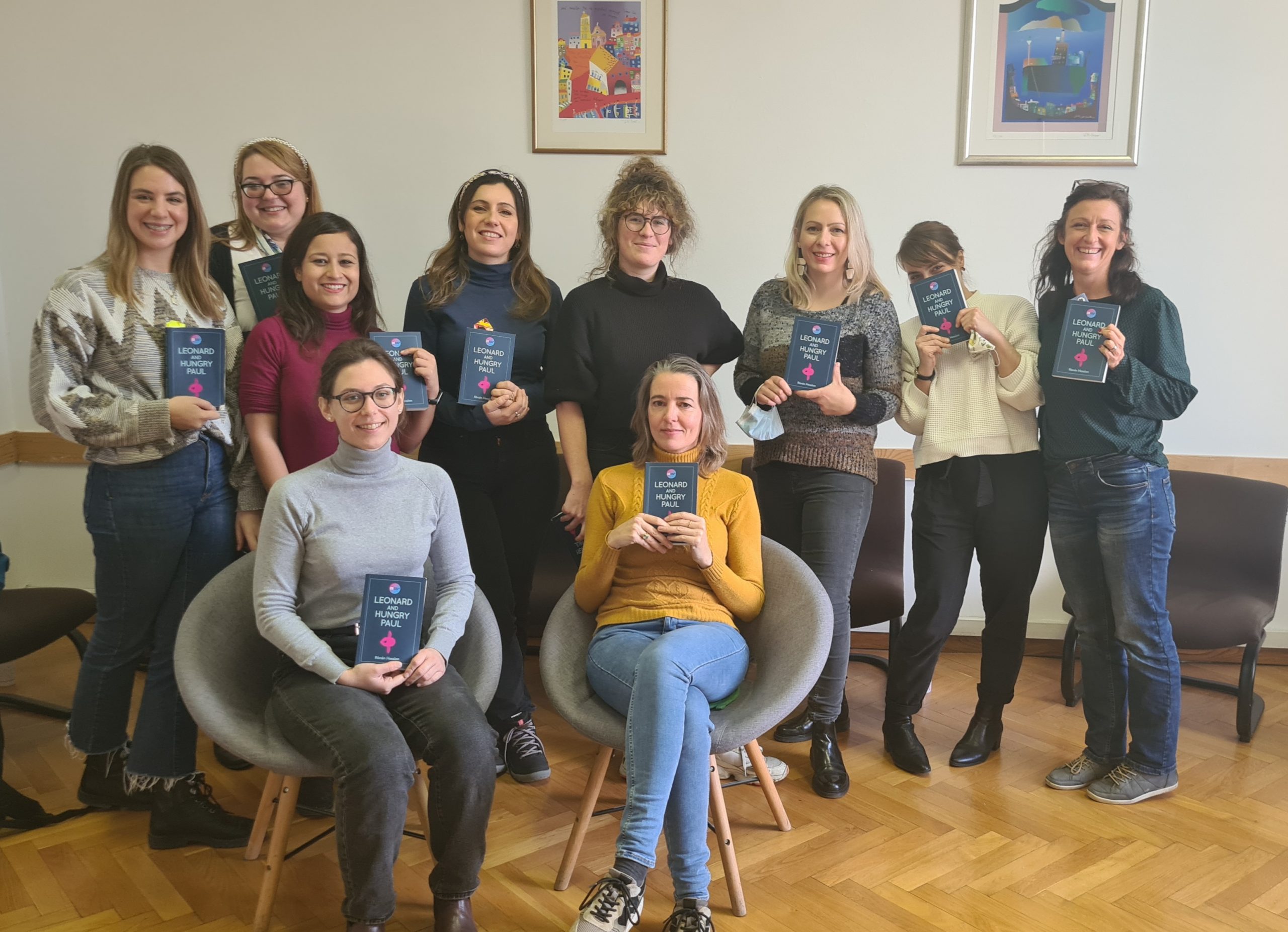
On Wednesday we prepared a workshop on ICT tools in language learning and headed out to Sljeme. We took a short hike from Šestinski Lagvić to the newly restored Medvedgrad Castle. We had lunch at Sljeme, but had to leave some space for our evening activity – our Cook & Chat workshop.
The evening ended by watching the workshop at the school and eating all the lovely food we had prepared for the cultural night. There was traditional Italian Panettone and Italian sweet wine, some Croatian cheese and truffles with prosciutto, and wine again 😊
Friday was left for another session of the Callan Method and a demonstration of the exam. Here, some things finally clicked with the participants and they left hungry for more Callan demonstration, which we will incorporate in our future meetings.
To conclude the week, we had some evaluation and feedback where we heard that there is a lot more to explore in our school about the Callan Method, as well as our creative activities, and we are looking forward to hearing from our partners about what activities they want to implement in their own work.
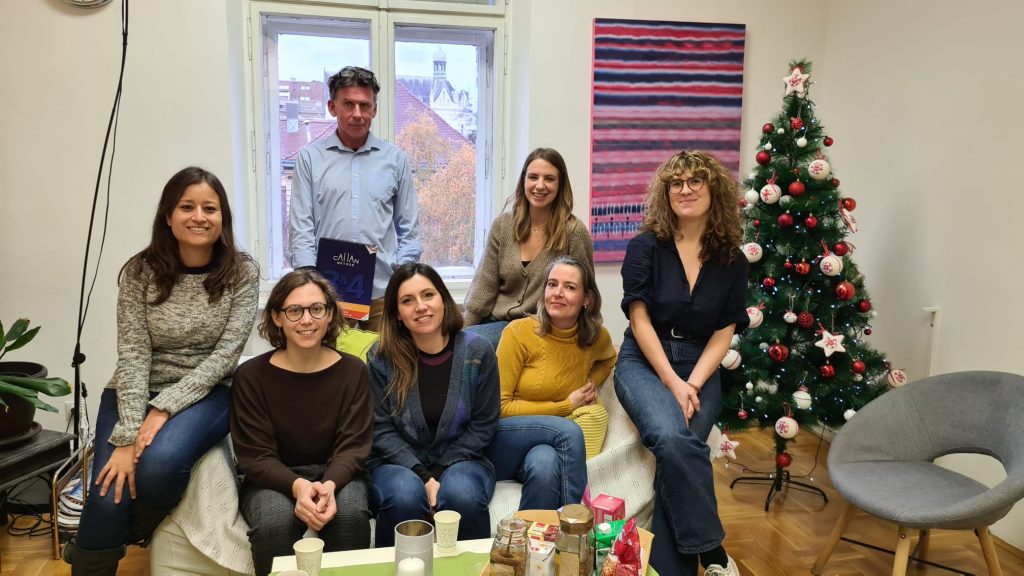
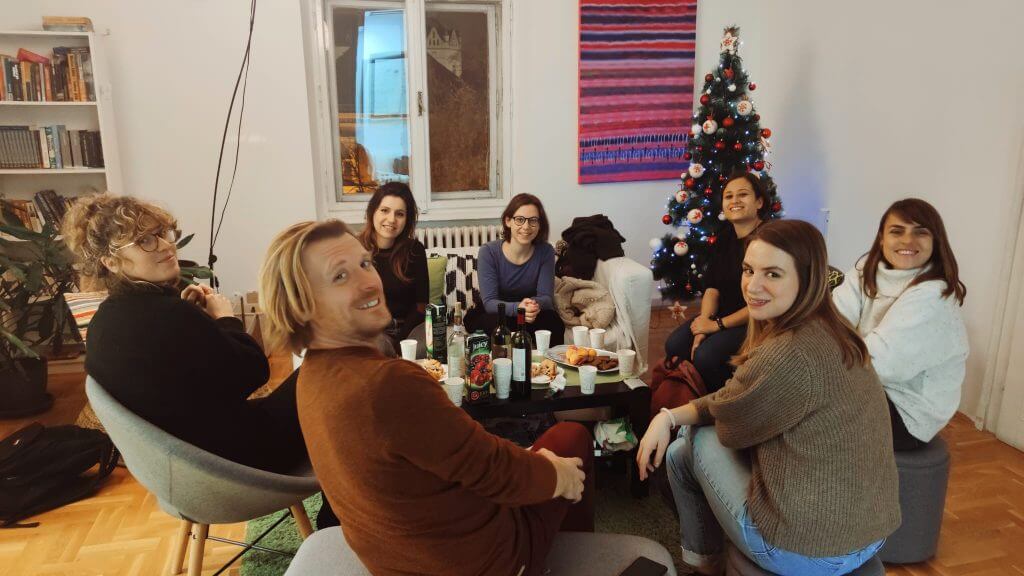
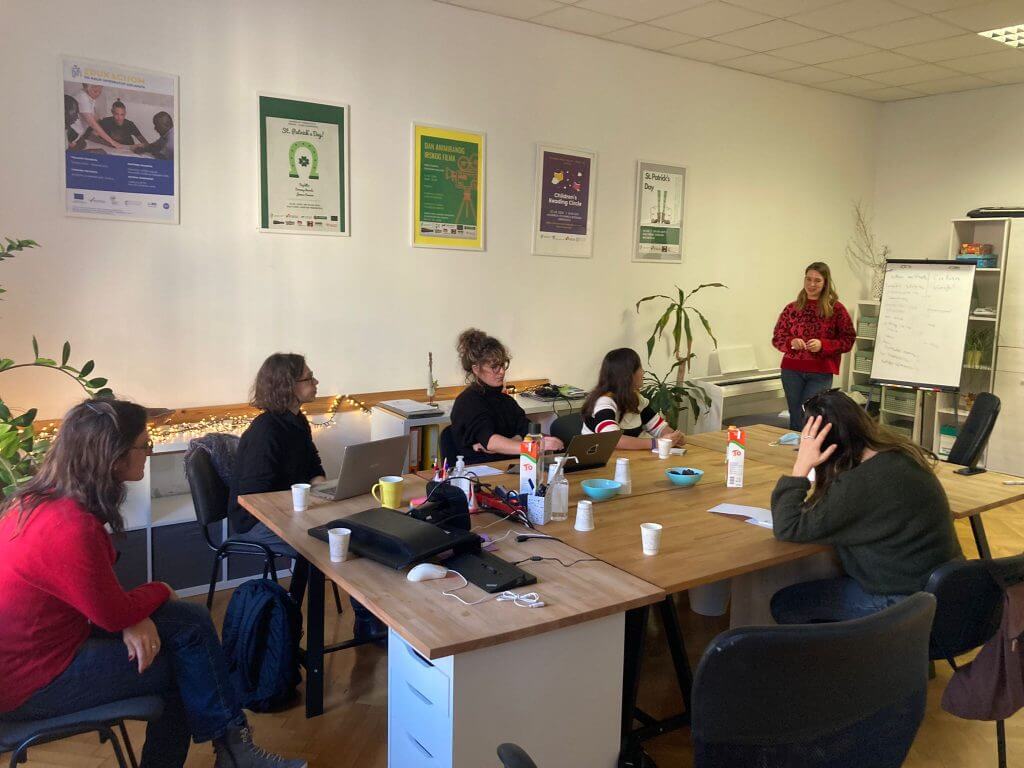
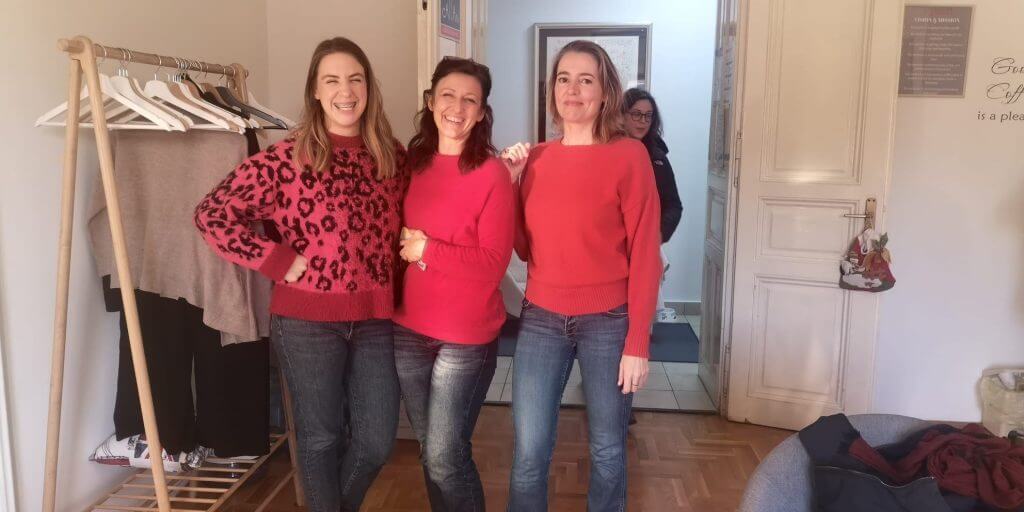


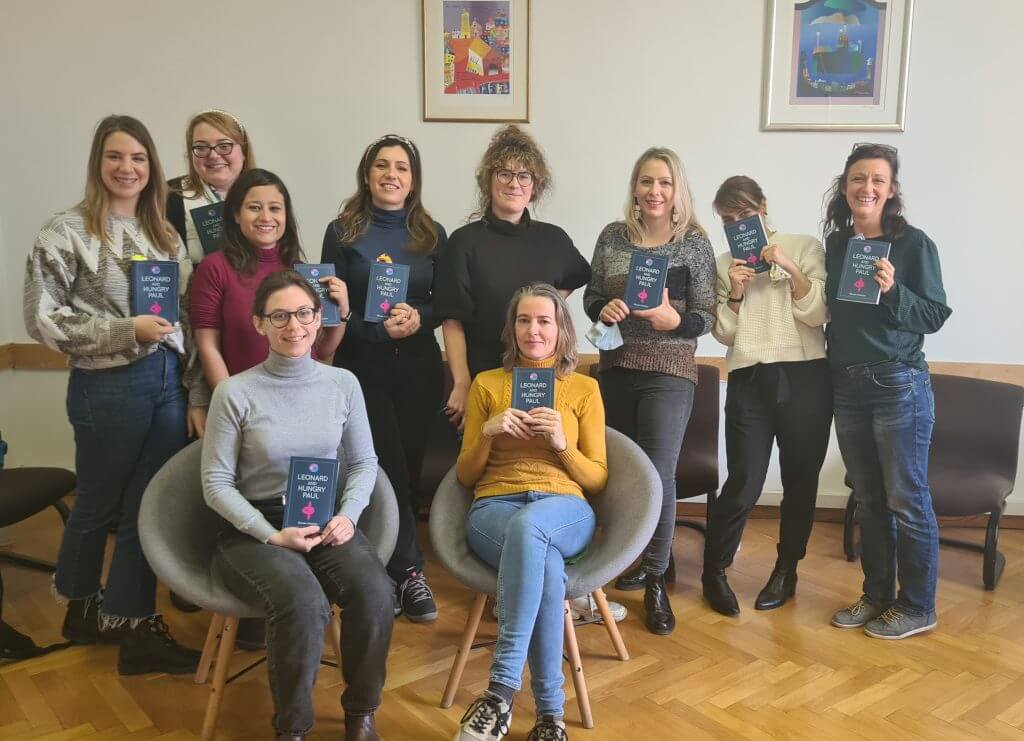
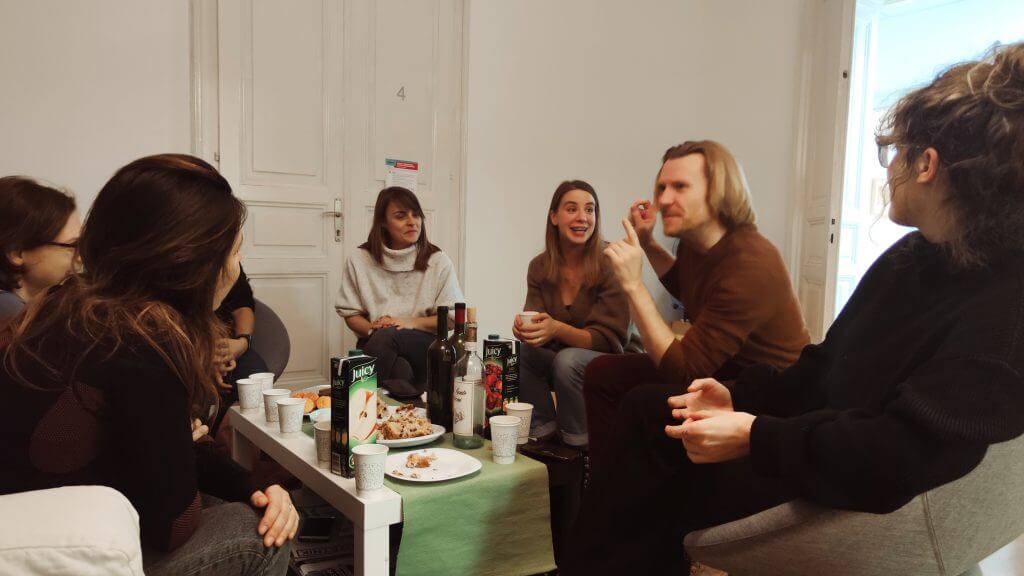
Project partners:
The Agency for Mobility and EU Programmes
@StorytellingCentre
@europassteacheracademy
🇪🇺 The project is funded by the Erasmus+ Programme.
Erasmus+ : Enriching lives, opening minds. ☺️
#erasmus+
#ErasmusPlus
#erasmuska2
